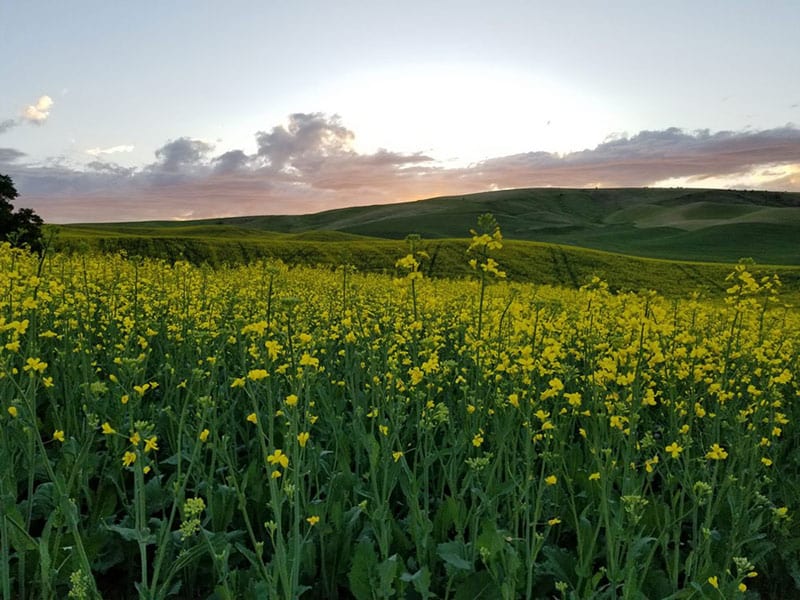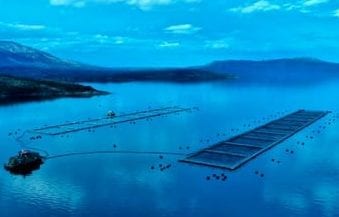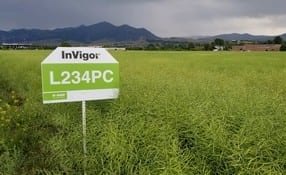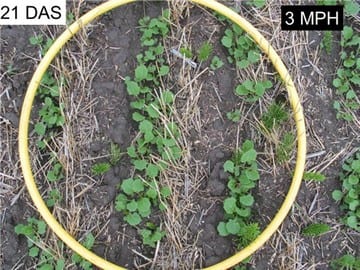Meet the Industry Member: Global Clean Energy March 13, 2023
Supporting Oilseeds in the PNW
Renewable fuels producer Global Clean Energy (OTCQB:GCEH) 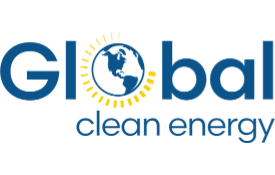 has joined the Pacific Northwest Canola Association as a business member. The company will use its membership to educate canola producers on the sustainable agriculture benefits of their patented camelina varieties that serve as the feedstock for their renewable diesel and other renewable coproducts, and describe how canola and camelina can fit well together in a crop production enterprise. Global Clean Energy’s camelina subsidiary, Sustainable Oils (www.SusOils.com) breeds, sells and buys camelina for Global Clean Energy. They are the world’s largest camelina distributor and are headquartered in Great Falls, MT.
has joined the Pacific Northwest Canola Association as a business member. The company will use its membership to educate canola producers on the sustainable agriculture benefits of their patented camelina varieties that serve as the feedstock for their renewable diesel and other renewable coproducts, and describe how canola and camelina can fit well together in a crop production enterprise. Global Clean Energy’s camelina subsidiary, Sustainable Oils (www.SusOils.com) breeds, sells and buys camelina for Global Clean Energy. They are the world’s largest camelina distributor and are headquartered in Great Falls, MT.
Camelina Benefits
Like canola, camelina is a rotational oilseed crop and is used in renewable fuel production, adding additional income to the farmers who grow it. When planted on idle acres, camelina prevents soil erosion, 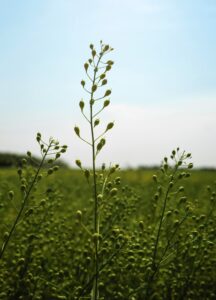 reduces nutrient loss, and improves soil health and permeability.
reduces nutrient loss, and improves soil health and permeability.
Camelina is a low water consuming crop with a short maturity of 85-105 days and can be harvested using farmers’ existing equipment. Plantings are targeted to “idle acres” such as summer fallow, or as the winter crop to double crop with summer crops. Camelina also has tolerance to many insects. For example, flea beetles are not a pest in a camelina crop and grasshoppers dislike it. Most importantly, camelina provides farmers with additive income from idle acres that would otherwise cost them money.
Partnering with Canola
“We like to say that our camelina protects like a cover crop but pays like a cash crop,” says Mike Karst,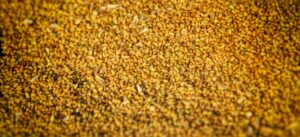 Senior Vice President of Global Clean Energy and President of Sustainable Oils. “Through our partnership with PNW Canola, we are excited to share the benefits of camelina with canola producers and work together to build a successful future for growers. When considering adopting one more oil seed crop in your cropping system, we hope canola farmers will think of camelina.”
Senior Vice President of Global Clean Energy and President of Sustainable Oils. “Through our partnership with PNW Canola, we are excited to share the benefits of camelina with canola producers and work together to build a successful future for growers. When considering adopting one more oil seed crop in your cropping system, we hope canola farmers will think of camelina.”
Camelina and canola are partner crops. Like canola, camelina also adds the ability to control grasses that cannot be controlled in a cereal crop. Additionally, the two crops also use several of the same herbicides.
“Together with canola, we are partners,” Karst continued. “Camelina and canola are great options in a rotation with winter wheat. Canola is the driver on irrigated acres while camelina provides a great option for dryland production.”
Producing Camelina in the PNW
Camelina isn’t competing for canola acres, but rather can be grown in conjunction with canola to better 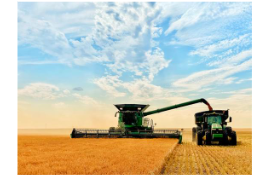 manage production windows – providing a wider window with less risk. Canola may be grown under irrigation, but farmers may still have dryland acres where camelina may be the more appropriate crop. For example, in the Pacific Northwest region, camelina can be planted in March, where canola is typically planted in April or May. With this planting schedule, harvest time for camelina occurs in early August, a month or more before canola’s harvest in September. This arrangement provides a good use of farmers’ time as the crops don’t compete for mechanical resources because they are staggered with seeding and harvest, providing farmers with an additional benefit with minimal additional input.
manage production windows – providing a wider window with less risk. Canola may be grown under irrigation, but farmers may still have dryland acres where camelina may be the more appropriate crop. For example, in the Pacific Northwest region, camelina can be planted in March, where canola is typically planted in April or May. With this planting schedule, harvest time for camelina occurs in early August, a month or more before canola’s harvest in September. This arrangement provides a good use of farmers’ time as the crops don’t compete for mechanical resources because they are staggered with seeding and harvest, providing farmers with an additional benefit with minimal additional input.
For more information on camelina, please visit www.SusOils.com. Contracts are available now and rates are very competitive. More information on Global Clean Energy can be found at www.GCEholdings.com.



